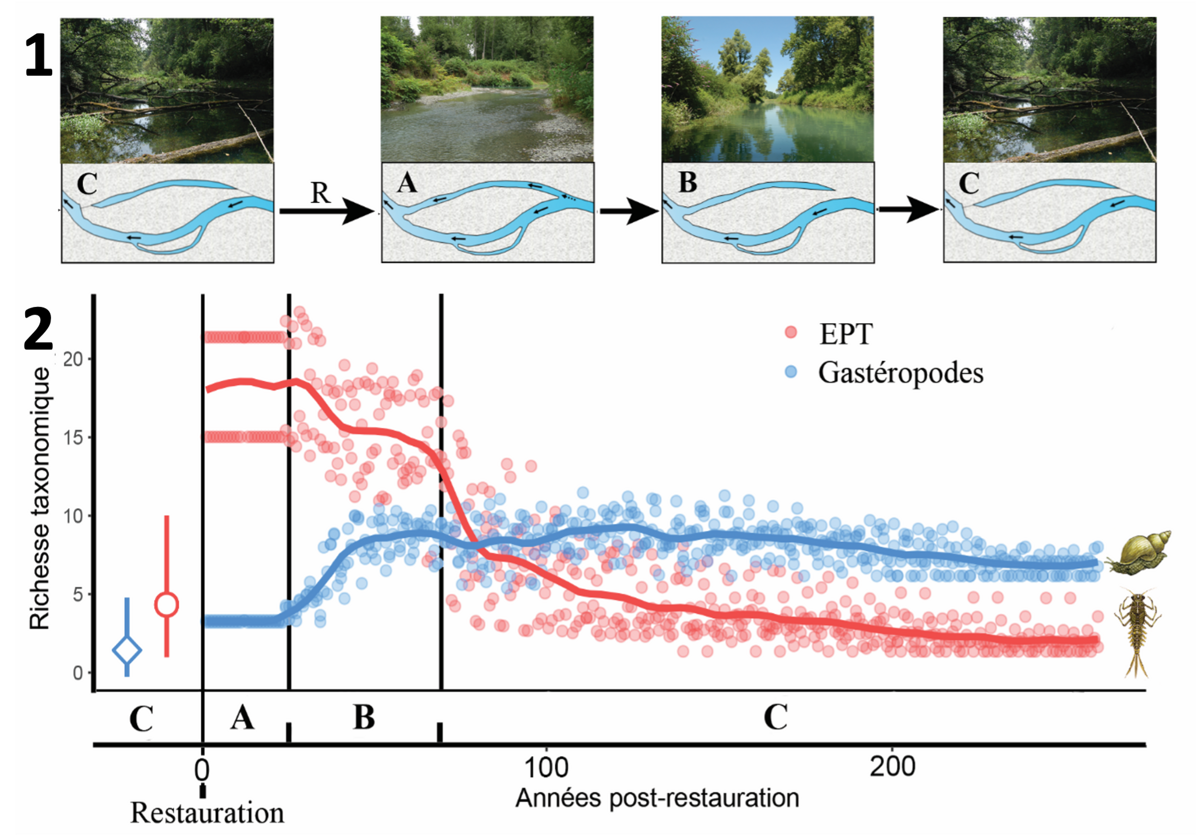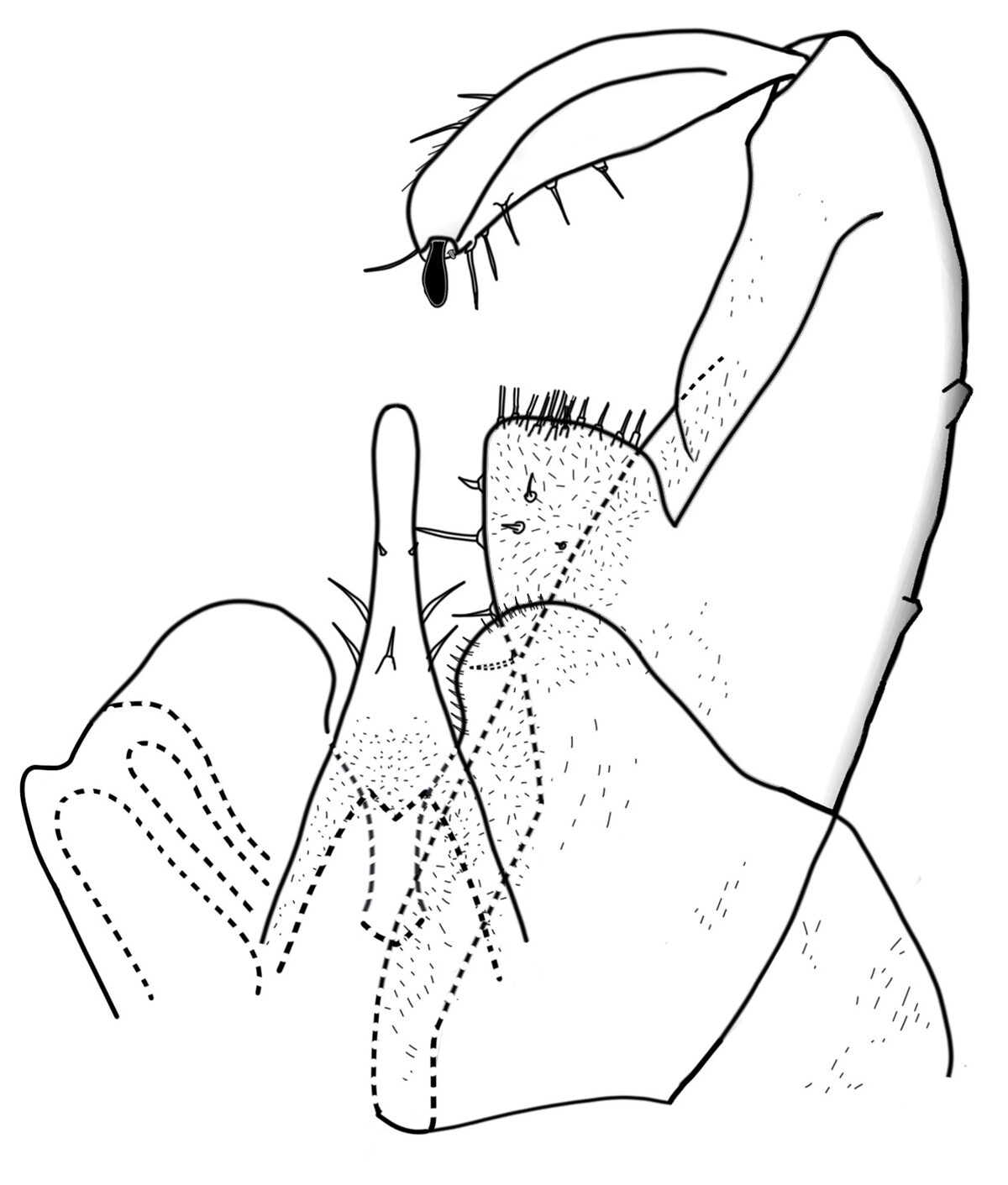Using aquatic invertebrates for ecological assessment
Chironomids (non-biting midges) and caddisflies (Trichoptera) are valuable bioindicators due to their sensitivity to environmental changes and widespread presence in lake ecosystems. My expertise in identifying these two orders strengthens the reliability of ecological lake assessments. I propose three methods.
Why focus on chironomids and caddisflies?
- Chironomids: their diverse habitat preferences and tolerance ranges provide insights into trophic status, sediment quality, and oxygen conditions. Based on the study of chironomids, these approaches make it possible to assess whether species composition are characteristic of low or non-polluted waters, an essential parameter for determining compliance with the quality requirements defined by the Swiss Water Protection Ordinance (OEaux, Annex 1, Ch.1).
- Caddisflies: their reliance on specific habitat features offers complementary information on the quality of littoral and riparian zones.
1- Chironomids - for navigable lakes
This method is based on a single spring sediment sampling campaign targeting chironomid larvae. Sampling and identification procedures follow the protocol established for the Lake Benthic Quality Index based on deepwater chironomids, developed from lakes of the Jura and the Alps (P. Marle et al., 2025).
2- Chironomids - for non-navigable lakes
This method is based on the collection and identification of chironomid pupal exuviae during two to four sampling campaigns conducted between April and October. Sampling and analytical procedures follow the CPET (Chironomid Pupal Exuviae Technique) protocol and comply with the BS EN 15196:2006 Water Quality – Guidance on sampling and processing of the pupal exuviae of Chironomidae for ecological assessment.
3- Caddisfly - species inventory
A species inventory is established through a combination of sampling methods to evaluate habitat diversity and the ecological status of a site. These methods include the use of light traps and sweep net for adults and benthic samplings from various substrates.

Monitoring Freshwater Systems and Restoration
The goal is to understand the dynamics of biodiversity influenced by ecological processes.
- Predictive Modeling: development of (mixed) models and machine learning approaches to understand the interactions between temperature, hydrology, and biodiversity.
- Advanced Data Analysis: integration of automated calculations and time series analysis to monitor ecological trends and evaluate the impact of environmental and restoration changes.





